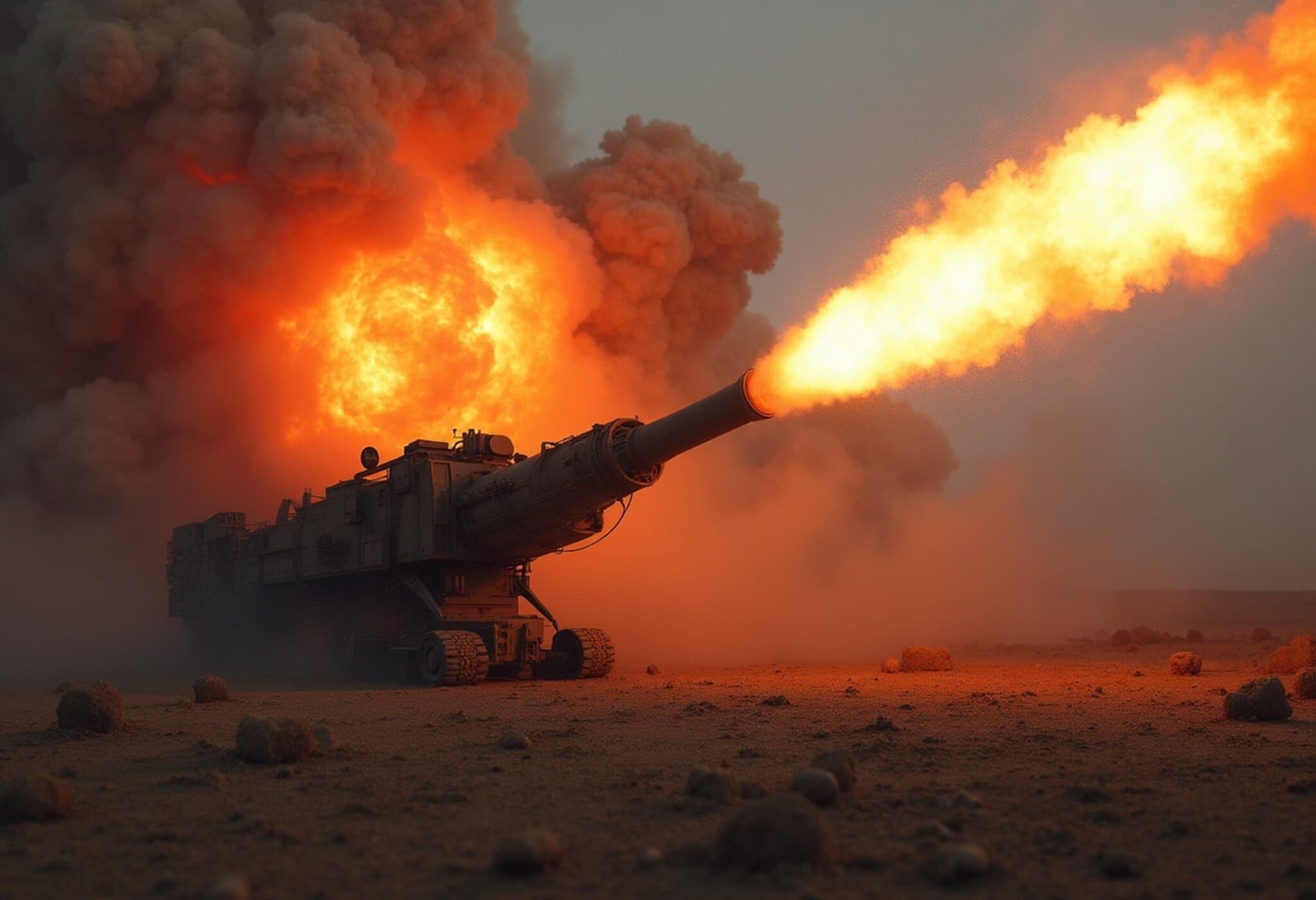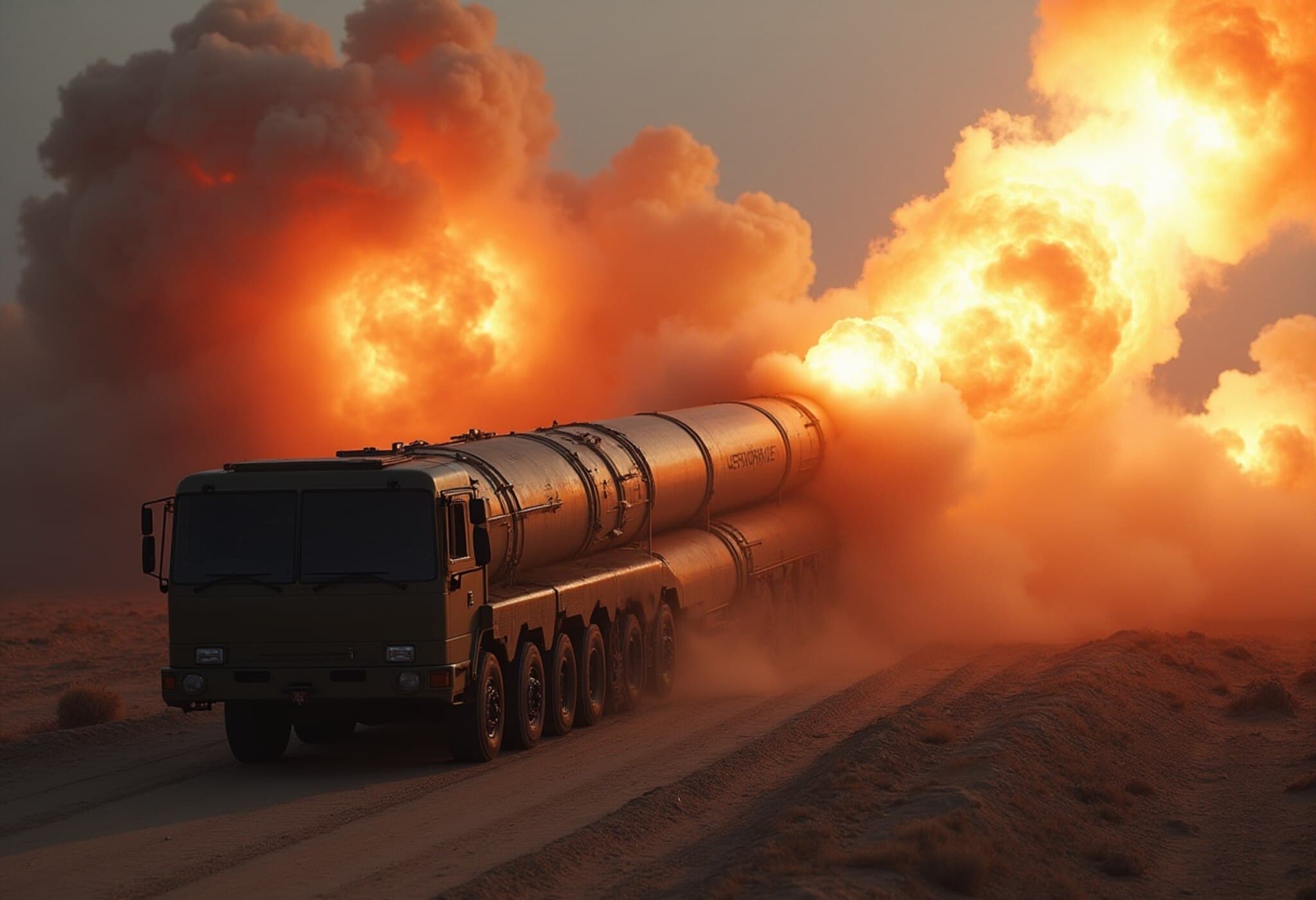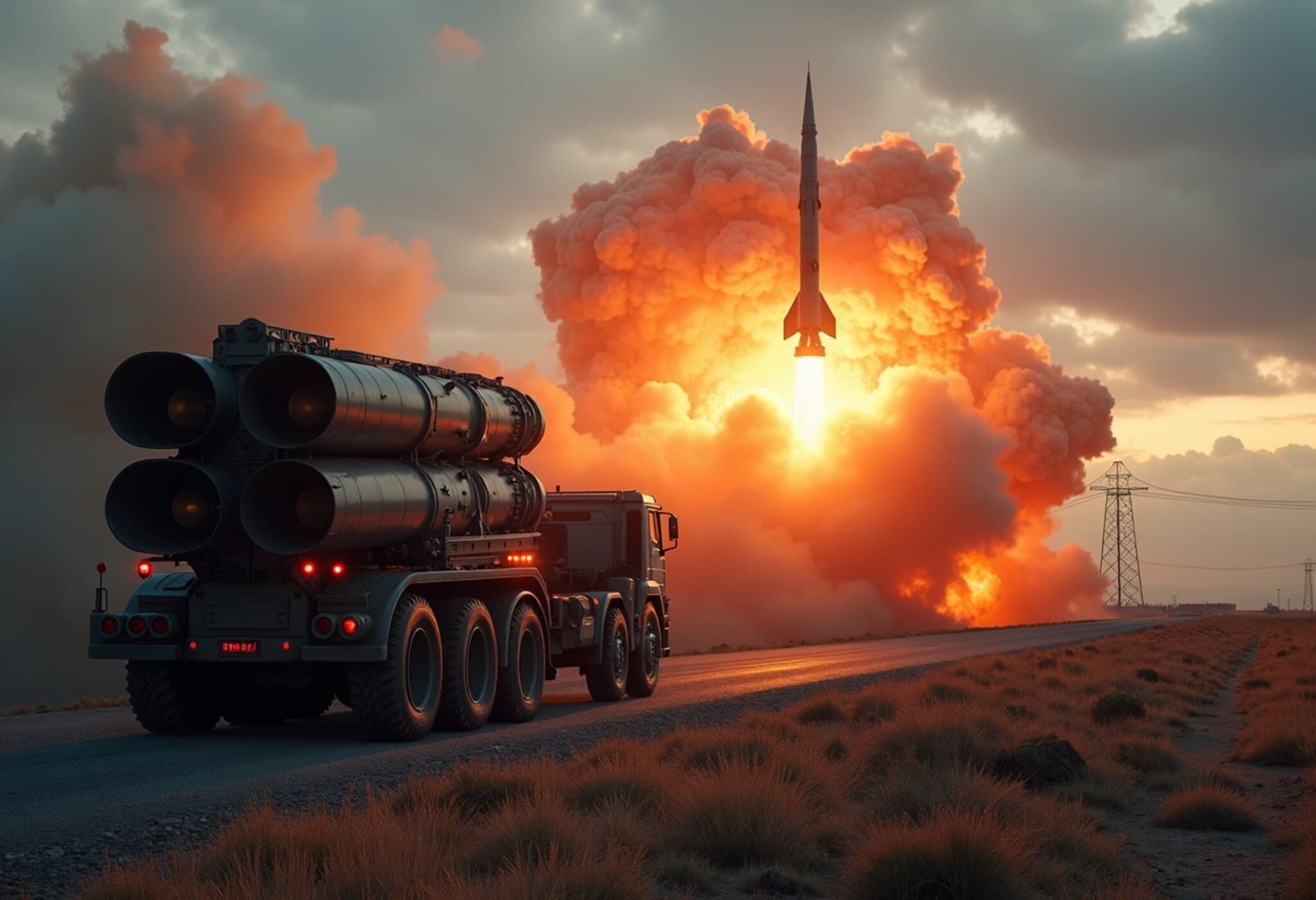Pakistan’s New Missile Development: A Strategic Game Changer
Recent assessments by US intelligence reveal that Pakistan is advancing the development of an intercontinental ballistic missile (ICBM) that could potentially strike targets within the continental United States. This development marks a significant shift in Pakistan's defense capabilities and carries profound implications for global strategic stability and US-Pakistan relations.
What Is an ICBM and Why Does It Matter?
An ICBM is a long-range missile with a range exceeding 5,500 kilometers (3,400 miles), primarily designed to deliver nuclear warheads across continents. Modern variants of these missiles often integrate multiple independently targetable reentry vehicles (MIRVs), allowing a single launch to strike multiple targets simultaneously with high precision.
While many countries—such as the US, Russia, China, India, and North Korea—are known to possess operational ICBMs, Pakistan has traditionally lacked this capability despite its nuclear arsenal. This new development suggests a strategic move to elevate its deterrence posture, especially given its longstanding regional tensions with India.
Strategic Implications: More Than Just a Regional Threat
Pakistan justifies its nuclear program as a deterrent against India’s conventional military superiority. However, by pursuing an ICBM capable of reaching the US, Islamabad may be aiming to dissuade any potential American intervention, particularly in scenarios involving preemptive strikes on Pakistan’s nuclear facilities or conflict escalation in South Asia.
US officials have indicated that the emergence of such capabilities would likely force a reclassification of Pakistan as a direct nuclear threat rather than a strategic partner. Historically, countries wielding ICBM capabilities targeting US territory have not been regarded as allies, raising concerns over potential shifts in diplomatic dynamics.
A Broader Context: Heightened Nuclear Risks Globally
The expanding roster of nuclear-armed states with advanced missile technology adds layers of complexity to international security. Beyond Pakistan, nations like Russia, China, North Korea, and Iran present distinct challenges. The possibility of coordinated strategies or alliances among these powers could amplify risks of nuclear escalation worldwide.
Understanding the Technical Edge
- ICBMs outperform other classes such as intermediate (IRBMs), medium (MRBMs), and short-range ballistic missiles (SRBMs) in both range and speed.
- Second and third-generation missile systems, such as the US LGM-118 Peacekeeper, have pushed the bar higher for accuracy and reliability.
- The development of Pakistan’s ICBM suggests integration of these advanced technologies, potentially enabling precise strikes on fortified targets far beyond its immediate neighborhood.
Looking Ahead
Pakistan’s pursuit of an ICBM capable of reaching the United States signals a critical shift in the nuclear balance, particularly in South Asia and global geopolitics. This leap in capability underscores the urgency for renewed diplomatic engagement, arms control discussions, and a reevaluation of strategic alliances to mitigate rising nuclear risks.



















